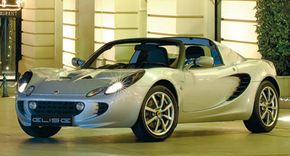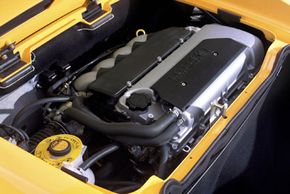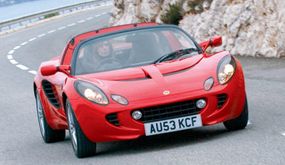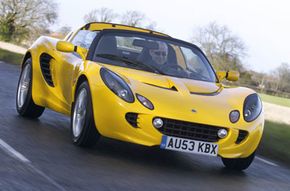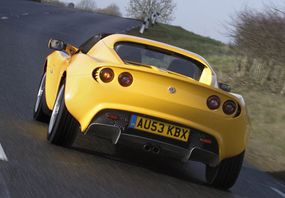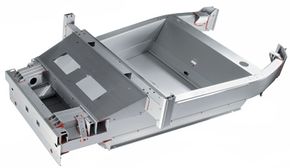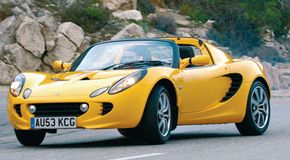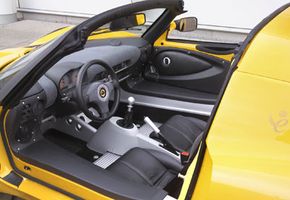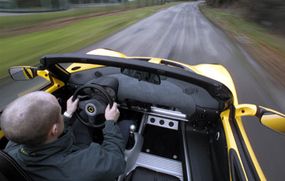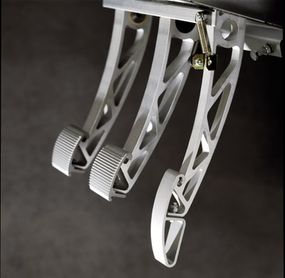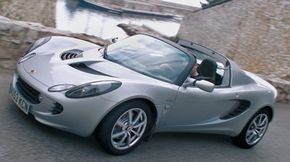Different automakers have different approaches when it comes to designing a high-performance car. For some, it's an eternal quest for more horsepower, with bigger engines, more cylinders and high-octane fuel. Some turn to space-age technology, adding the latest turbochargers, wind-tunnel tested aerodynamics and computerized suspension components.
Advertisement
For British manufacturer Lotus, high-performance is all about simplicity. A lightweight, stripped-down car with a modest engine is the Lotus ideal -- the pure sports car. The new Lotus Elise fits that ideal perfectly. It weighs less than a ton and only has a four-cylinder engine, but it's fast enough for most and has handling characteristics that more than one automotive magazine has called "telepathic."
The Elise has been available in Europe for a few years (as the Elise 111R), but the 2005 Lotus Elise marks the company's re-entry into the U.S. market. In this article, we'll find out how they made the Elise so light, why it handles so well and what it takes to get behind the wheel.
Advertisement
